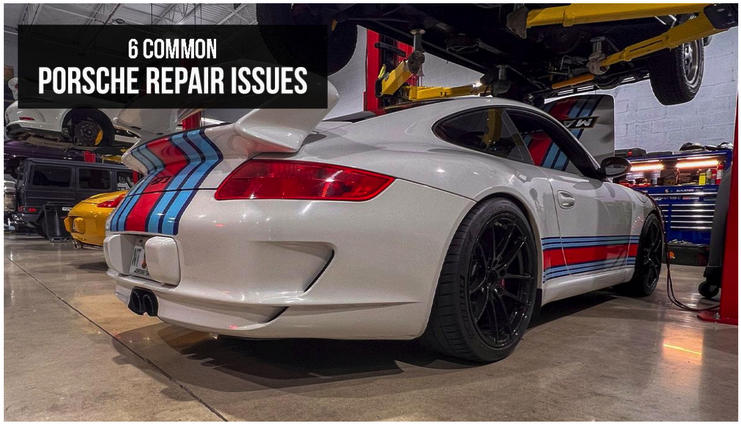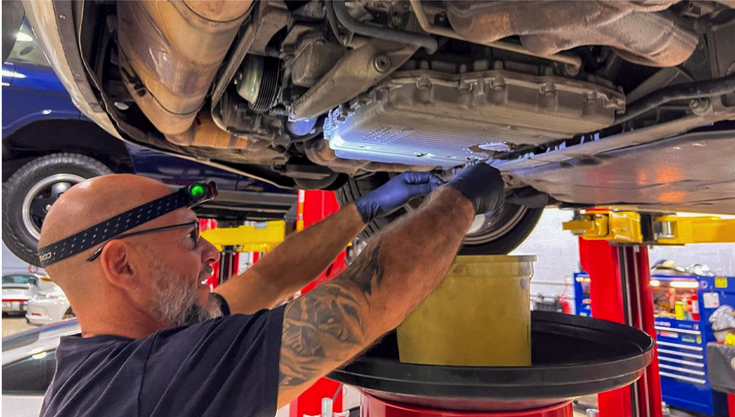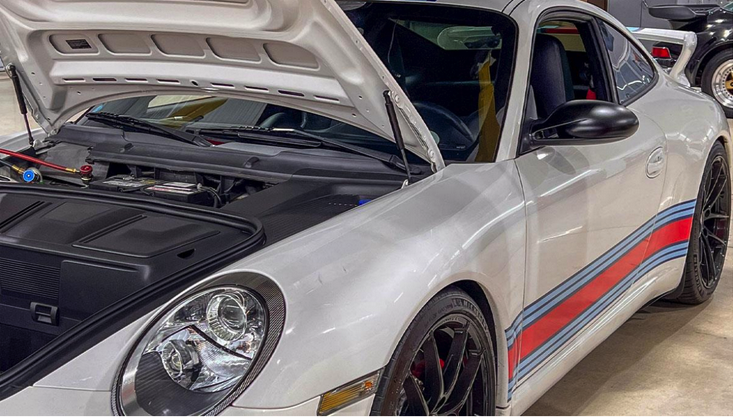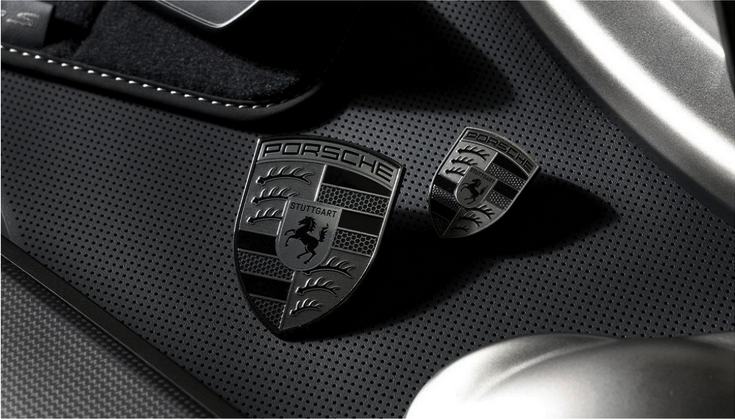
Porsche has cemented itself as one of the premiere luxury manufacturers with a lineup of vehicles that has something to offer for almost all your passenger vehicle needs while keeping an unmistakably Porsche aesthetic and drive. With the soaring popularity of Porsches, used models have become increasingly more appealing to buyers, but is a used Porsche right for you? We chatted with our Porsche repair specialists to discuss some of the most common repair issues experienced by Porsche owners.
1) Platform Engineering

Platform engineering has become the norm when it comes to car modern car production. A manufacturer will develop and tailor a single platform to suit multiple models across several brands. Porsche is no different. Except for the 911 and 718, all other models share a platform with models from Volkswagen, Audi, and Lamborghini. While this makes getting replacement parts and spares for your Porsche easier than ever, this does mean Porsche has inherited many repair issues. The best way to prevent many of the repair issues Porsche’s face is to keep up with Porsche’s maintenance schedule.
2) Oil Leaks

Oil leaks are the most common issue faced by Porsche owners; fortunately, they are easy to diagnose and repair. The two main culprits are the rear main seal and the valve cover gaskets. Valve cover gaskets are easily accessible and are generally only replaced once they begin to leak. On the other hand, the rear main seal requires the gearbox to be removed to access and will often be inspected if any work needs to be done to the transmission, such as replacing the clutch.
3) Worn Transmission Synchros

This is mainly an issue in manual 911s and manifests by making gears difficult to select, causing grinding when changing gears and, in some cases, popping the transmission out of gear and into neutral. While regular service and replacing transmission fluid does help reduce the likelihood of the synchros wearing out, once the symptoms have begun to show, the only real repair option is to have the transmission rebuilt with new synchros.
4) Automatic Transmission Failure
Porsche’s PDK transmission is truly a piece of engineering to admire. The ease and speed at which they shift is something that can only truly be appreciated when you experience it. That being said, they do require regular service to keep operating as expected. There is a misconception that Porsche gearboxes are sealed and do not require any maintenance, and this leads
to dirt and blocking valves in the mechatronic unit, which is responsible for changing gears. This dirt prevents the transmission fluid from moving freely and can cause the gearbox to become stuck in a single gear. Depending on the severity of the blockage, some transmissions can be salvaged by disassembling them and cleaning the mechatronics unit, but more often than not, it is necessary to replace the entire mechatronic unit.
5) Black Smoke
A little black smoke on startup is nothing to worry about, especially if the car has been standing for a while. Excessive black smoke usually indicates that one of the following components has failed.
Air Oil Separator Failure
The air oil separator makes up a vital portion of the emissions control system and separates oil and air that have been vented out of the crankcase, allowing oil to return to the sump and excess gasses to be sent back through the intake manifold to be burnt off in combustion chamber.
When the air oil separator fails, oil-rich air is sent back into the combustion chamber and burnt off, creating black smoke. Not only is this bad for oil consumption and can lead to oil starvation, but it can create excessive carbon build-up in the combustion chamber. Since Porsche Engines are interference engines, which means valves and pistons often occupy the same space at different times, any build-up that prevents the free movement of components can cause a catastrophic failure. When an air oil separator fails, it triggers an emission fault and check engine light.
Stuck Fuel Injector
The second culprit is the fuel injector, which can get jammed in either the open or closed position. If the injector is stuck in the closed position, the engine will continue to run, just on one fewer cylinder, which often causes a rough idle and decreased performance. On the other hand, if the injector gets stuck open, fuel will constantly be dumped into the cylinder, and if ignited, it can cause the engine to run too rich, which creates black smoke. If left unattended, the fuel will cause the spark plug to foul out and fail, eventually hydrolock the engine.
6) Coolant Leaks
The cooling system of modern Porsches consists of a lot of plastic, from the reservoirs to pipes and radiator end caps. While these plastics are sturdy, they are still prone to heat cycling, which can make them brittle and crack, leading to leaks, especially on tuned or spiritly driven cars. Fortunately, these parts are easily replaced, and many aftermarket parts manufacturers have made replacement parts out of aluminum, which can be combined with silicone hoses for a more robust cooling system.
Porsche Repair Center In Pompano Beach

While this list may make buying a used Porsche seem like a nightmare, that is simply not true. Porsches are some of the most rewarding cars to drive and own, and plenty of well-loved examples are out there looking for a new home. Just make sure you decipher the 911’s naming scheme to make sure you find the model that best suits you.